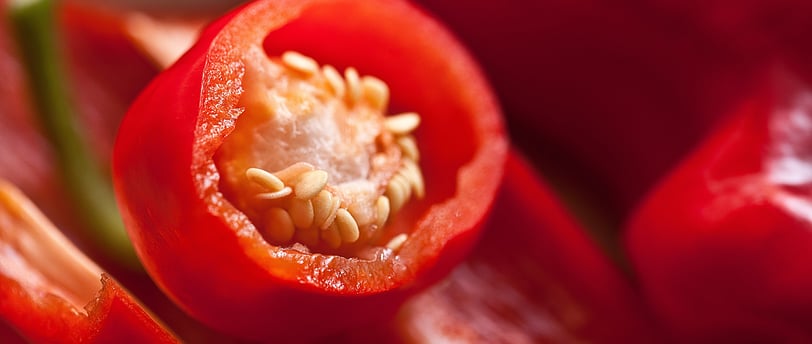Sustainable Gardening in Uncertain Times: Saving Seeds from Fruits and Vegetables
Planning for tomorrow
BUSHCRAFTFOODEDUCATION


In times of social collapse and uncertainty, self-sufficiency becomes a vital skill for survival. One way to ensure a sustainable food source is by cultivating a garden that relies on saved seeds from fruits and vegetables. In this blog post, we will explore the importance of seed-saving, the benefits it offers during challenging times, and practical steps to help you master this crucial gardening practice.
The Significance of Seed-Saving
In a post-social collapse scenario, access to traditional seed sources and commercial nurseries may become limited or nonexistent. By saving seeds from your own produce, you not only ensure a continuous supply of fresh fruits and vegetables but also preserve plant varieties that may otherwise be lost due to market-driven agricultural practices.
Benefits of Seed-Saving:
Adaptability and Resilience: Over generations, saved seeds naturally adapt to local conditions, making them more resilient and better suited to your specific environment.
Self-Reliance: By saving seeds, you eliminate the need to rely on external sources, giving you control over your food supply and reducing vulnerability to food shortages.
Cost-Effectiveness: Buying new seeds every year can be expensive, especially in challenging times. Seed-saving allows you to save money and invest it in other critical aspects of survival.
Biodiversity Conservation: Large-scale agriculture often focuses on a limited range of crops, leading to a loss of biodiversity. By saving seeds from diverse fruits and vegetables, you contribute to the preservation of unique plant varieties.
Steps to Successful Seed-Saving:
Choose Open-Pollinated Varieties: Open-pollinated seeds are best for saving, as they produce offspring that resemble the parent plants. Avoid hybrid varieties, as their seeds may not breed true.
Harvesting the Seeds: Let the fruits and vegetables you intend to save seeds from mature fully on the plant. Once ripe, remove the seeds, clean off any pulp or flesh, and allow them to dry thoroughly.
Proper Drying and Storage: Place the seeds in a dry, well-ventilated area for a few weeks until they are completely dry. Store the seeds in airtight containers in a cool, dark, and dry place to maintain their viability.
Label and Organize: Properly label each seed container with the plant type, variety, and harvest date. Organizing your seeds will ensure you can easily find and use them in the future.
Seed Viability Testing: Periodically check the viability of your stored seeds by conducting germination tests. This will help you determine if they are still suitable for planting.
Shared Seed Banks: Consider establishing a seed bank within your community. Sharing saved seeds with others fosters community resilience and diversity in the local plant gene pool.
Conclusion
In times of uncertainty, cultivating a garden with saved seeds from fruits and vegetables can be a lifeline for sustenance and self-reliance. By practicing seed-saving, you not only secure a continuous food supply but also play a crucial role in preserving plant biodiversity and promoting a resilient agricultural system. Take the time to learn and master this ancient skill, and you will be better prepared to thrive in a world where self-sufficiency is paramount. Happy gardening!
